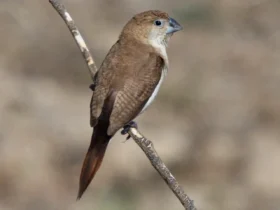In the sun-drenched landscapes of southern Africa, a small parrot with a striking appearance and lively personality takes flight—the Lilian’s Lovebird (Agapornis lilianae). With its vibrant plumage, social behavior, and symbolic significance, this lovebird species has become a cherished representative of Zambia’s avian diversity. In this article, we delve into the captivating world of Lilian’s Lovebird, exploring its appearance, behaviors, habitat, and its unique place in the hearts of both bird enthusiasts and the people of Zambia.
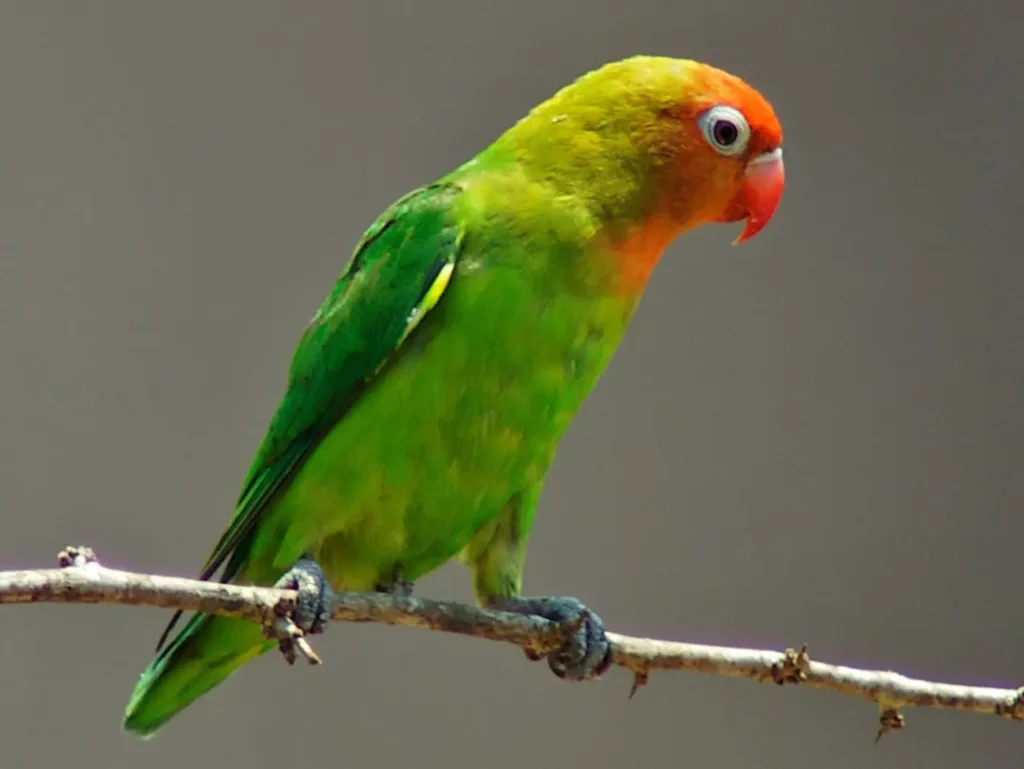
Appearance and Characteristics
Lilian’s Lovebird is a visual delight, with its vivid green plumage adorned with a distinctive orange-red face and throat. This striking coloration sets it apart from other lovebird species. The Lilian’s Lovebird is a small parrot, yet its vibrant colors make it an eye-catching and charismatic presence in its native habitat.
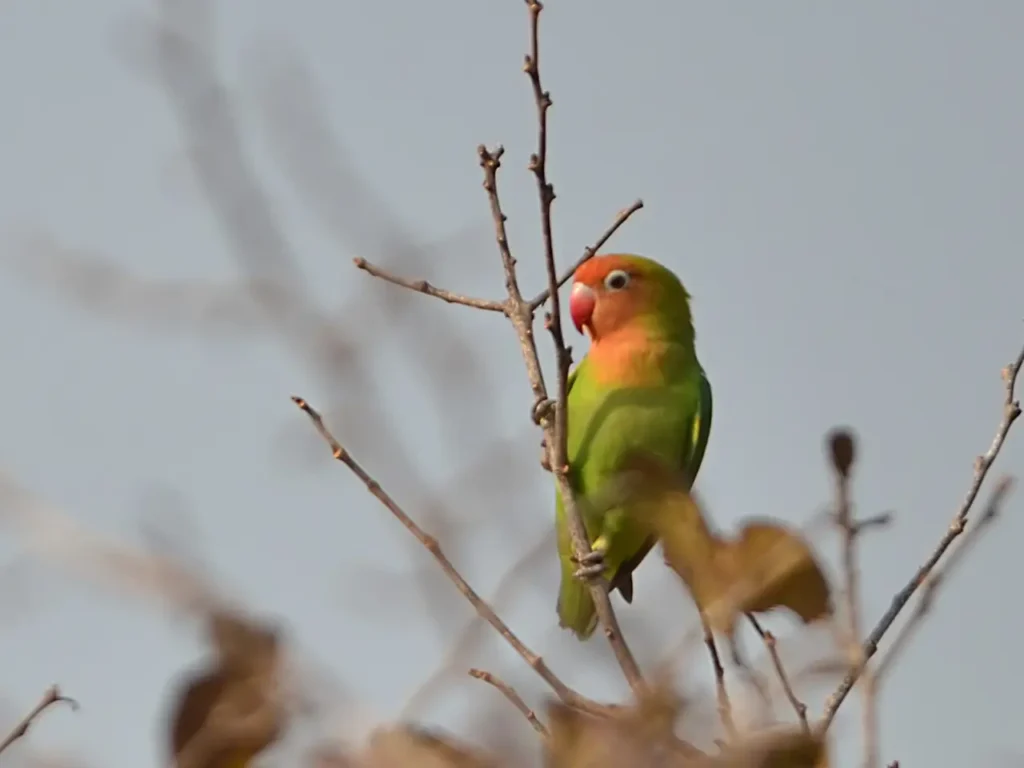
Behavior and Social Nature
Lilian’s Lovebirds are known for their social and gregarious behavior. In the wild, they form tight-knit flocks that forage, roost, and communicate together. These lovebirds are often seen in pairs or small groups, engaging in playful interactions and vocalizations. Their cheerful calls contribute to the lively ambiance of the African savannas they inhabit.
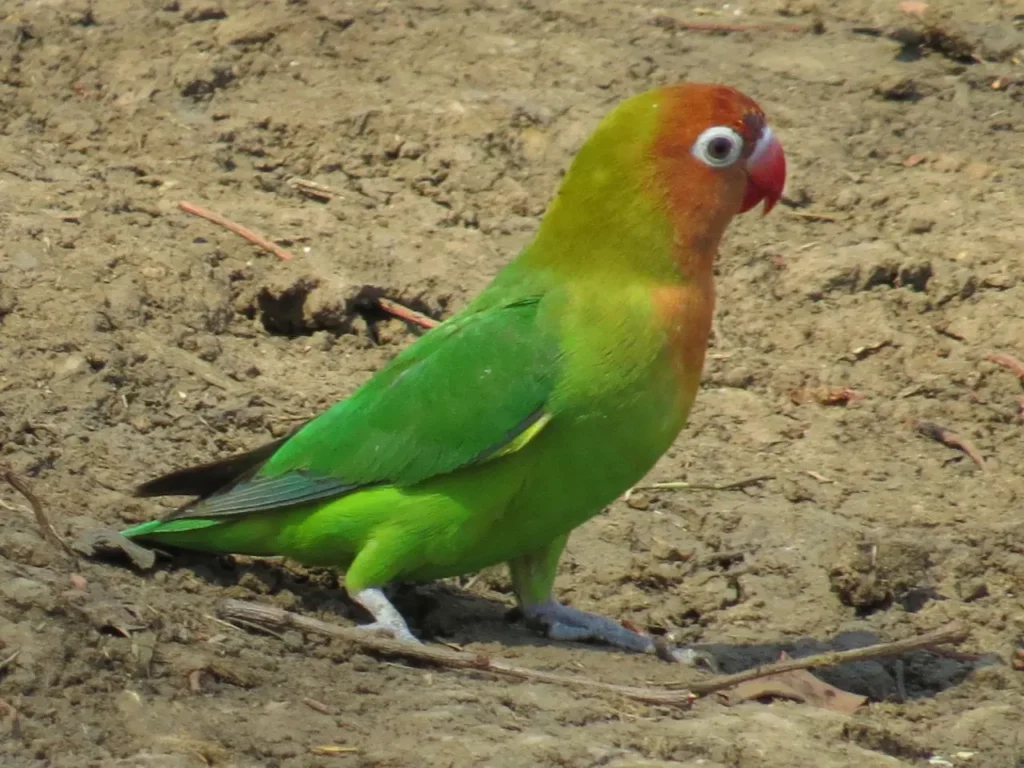
Habitat and Range
Lilian’s Lovebirds are native to the woodlands, savannas, and dry grasslands of southern Africa, with their range primarily centered in Zambia. These parrots have adapted well to the semi-arid landscapes, where they find suitable nesting sites in tree cavities and forage for seeds, fruits, and vegetation.
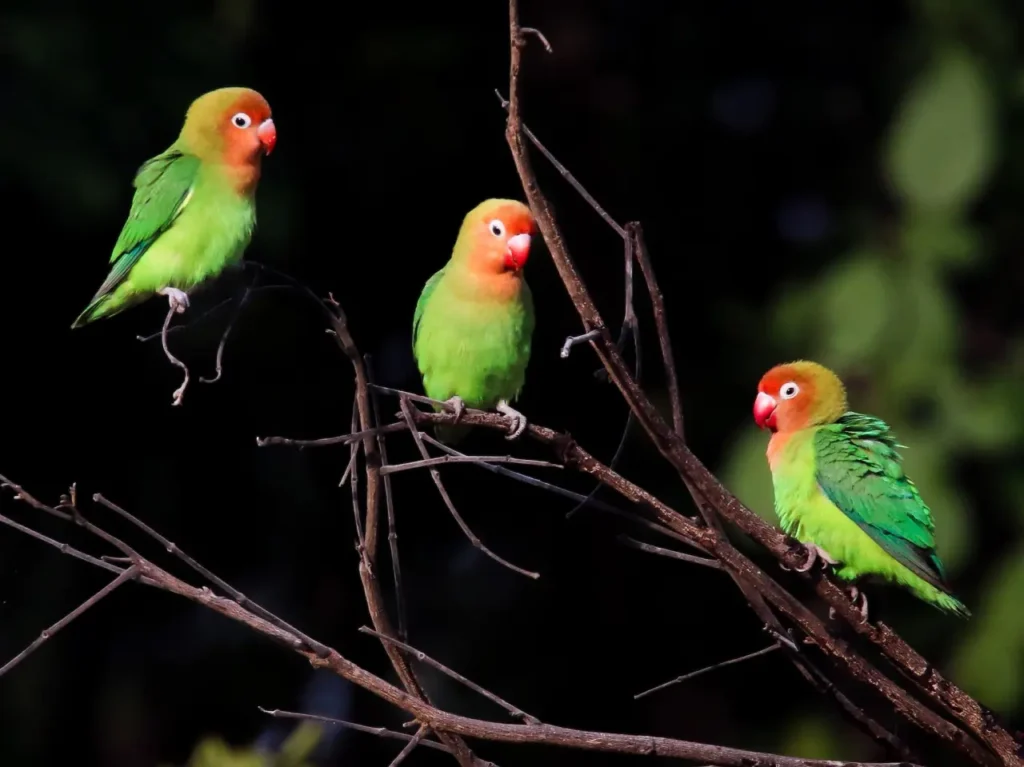
Cultural Significance
Lilian’s Lovebird holds cultural and symbolic importance, especially in Zambia. Named after Lilian Neumann, a well-known aviculturist, this bird is a source of pride for the country and represents the rich biodiversity of the region. The lovebird’s vibrant colors and lively behavior resonate with the spirit of Zambia’s people.
Conservation and Challenges
While not currently considered endangered, Lilian’s Lovebird faces threats from habitat loss due to agriculture, deforestation, and human development. Conservation efforts in Zambia and beyond aim to protect their natural habitats and raise awareness about the importance of preserving the unique biodiversity of the region.
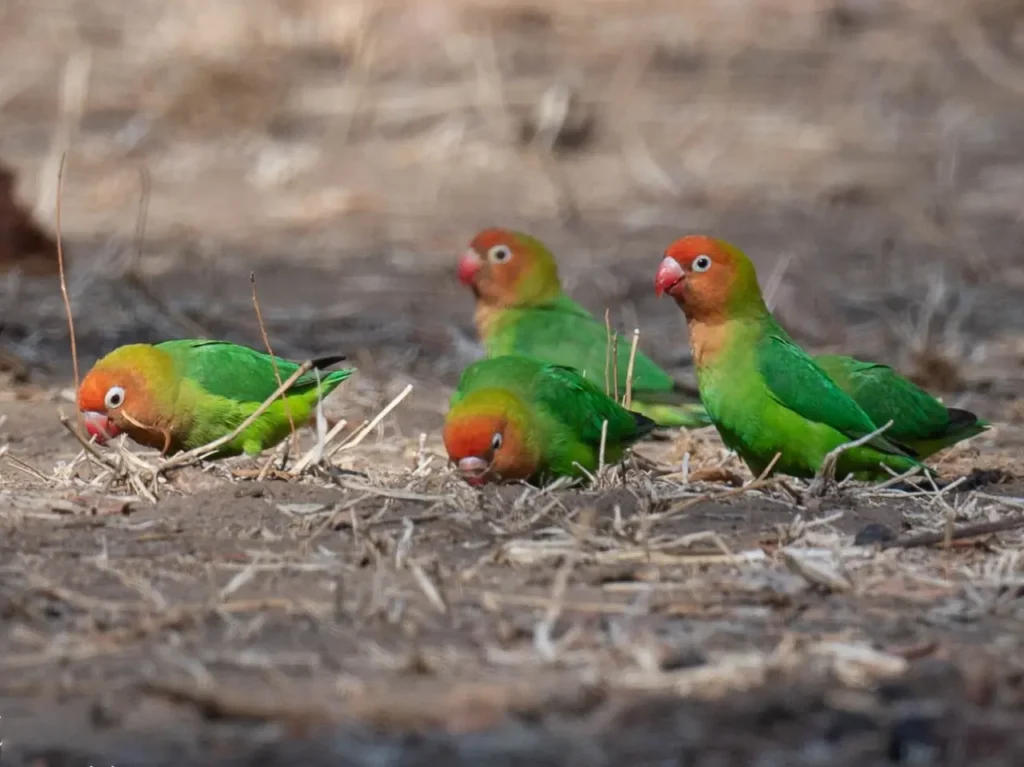
As Pets
Lilian’s Lovebirds have also become popular as pets due to their striking appearance and social nature. However, potential pet owners should be aware that they require proper care, attention, and a suitable environment to thrive. Responsible pet ownership ensures their well-being and contributes to their preservation in the wild.
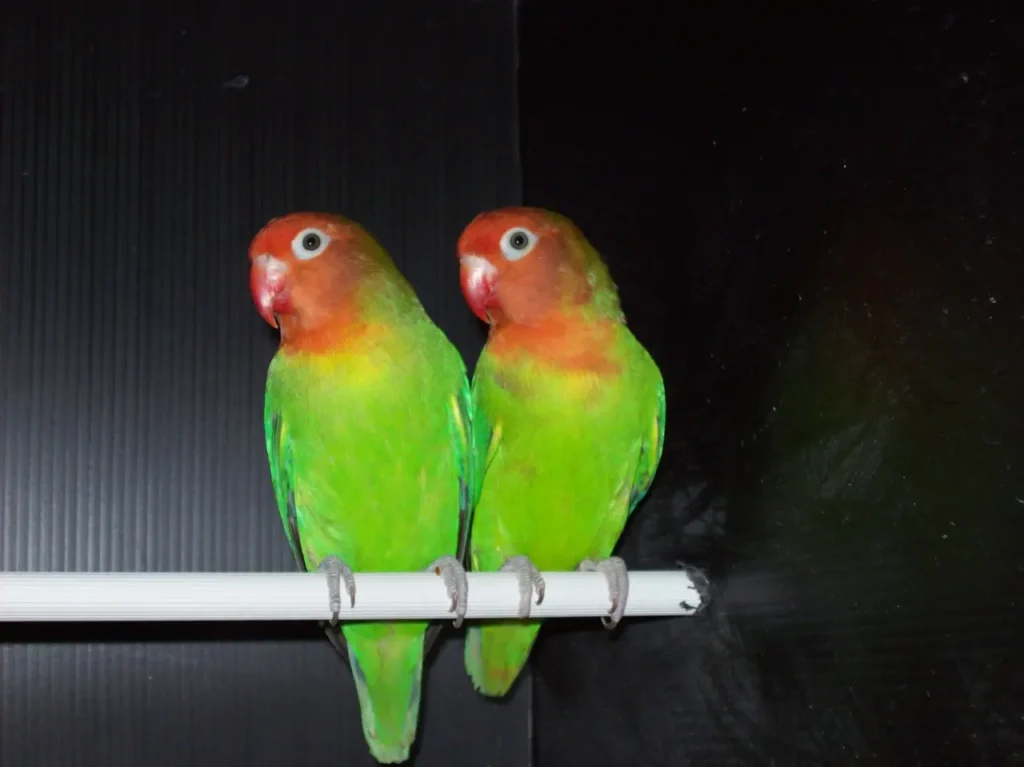
Lilian’s Lovebird, with its vibrant colors, social behavior, and cultural significance, serves as an emblem of Zambia’s natural beauty and avian diversity. Whether soaring through the skies of the African savannas or delighting households as cherished pets, these parrots bring a touch of the wild into our lives. By celebrating and protecting the habitats they call home and ensuring their well-being as pets, we honor the spirit of Lilian’s Lovebird and contribute to the preservation of the enchanting biodiversity that graces Zambia’s landscapes.








